- Trails
-
Bikes
-
Gear
-
Tips & Tricks
-
About us
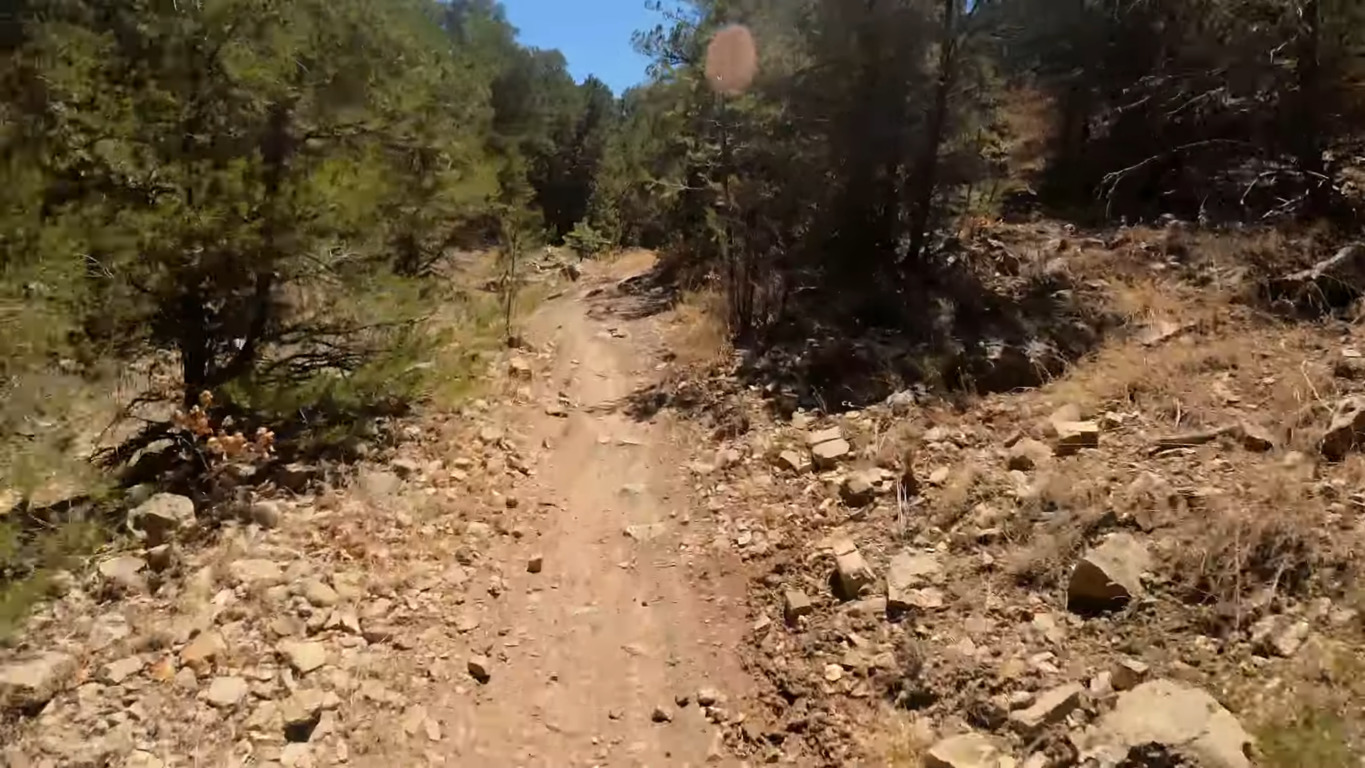
 5 mi
5 mi
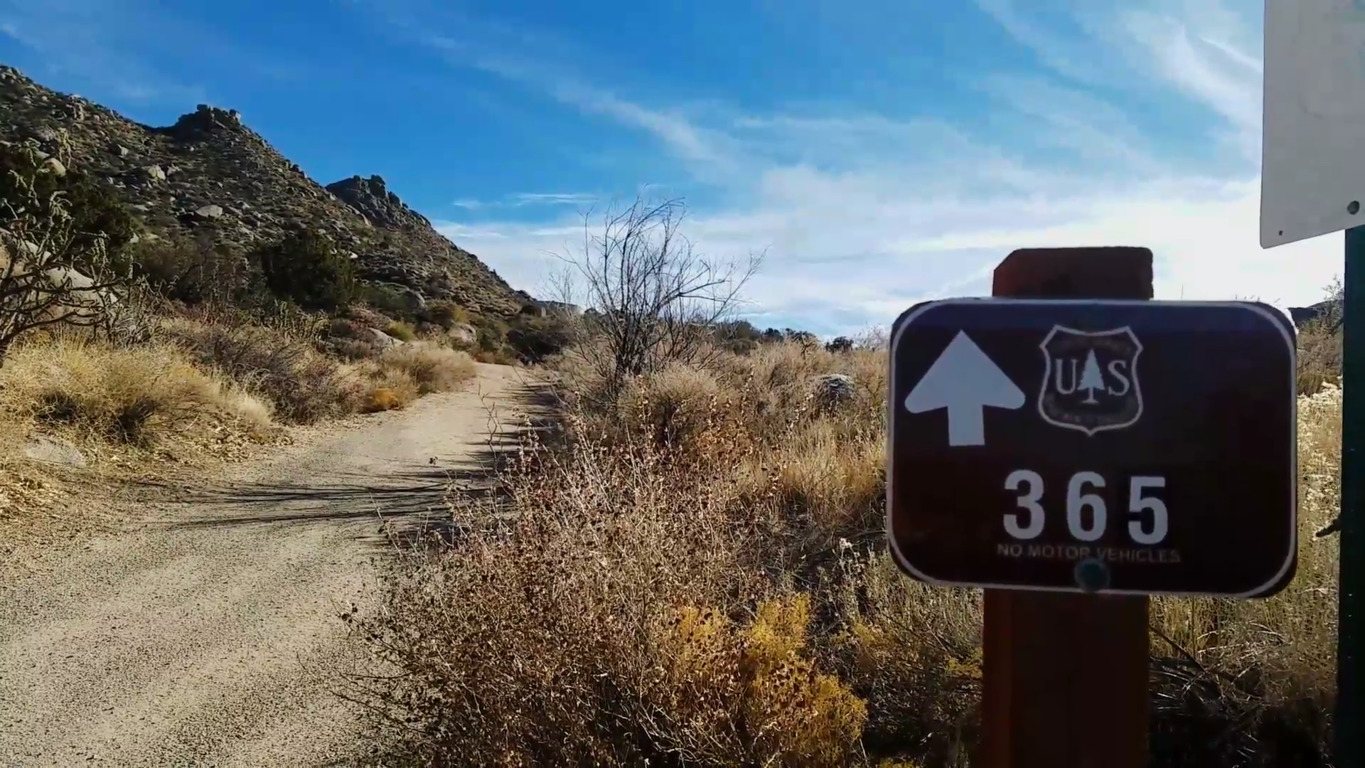
 12 mi
12 mi
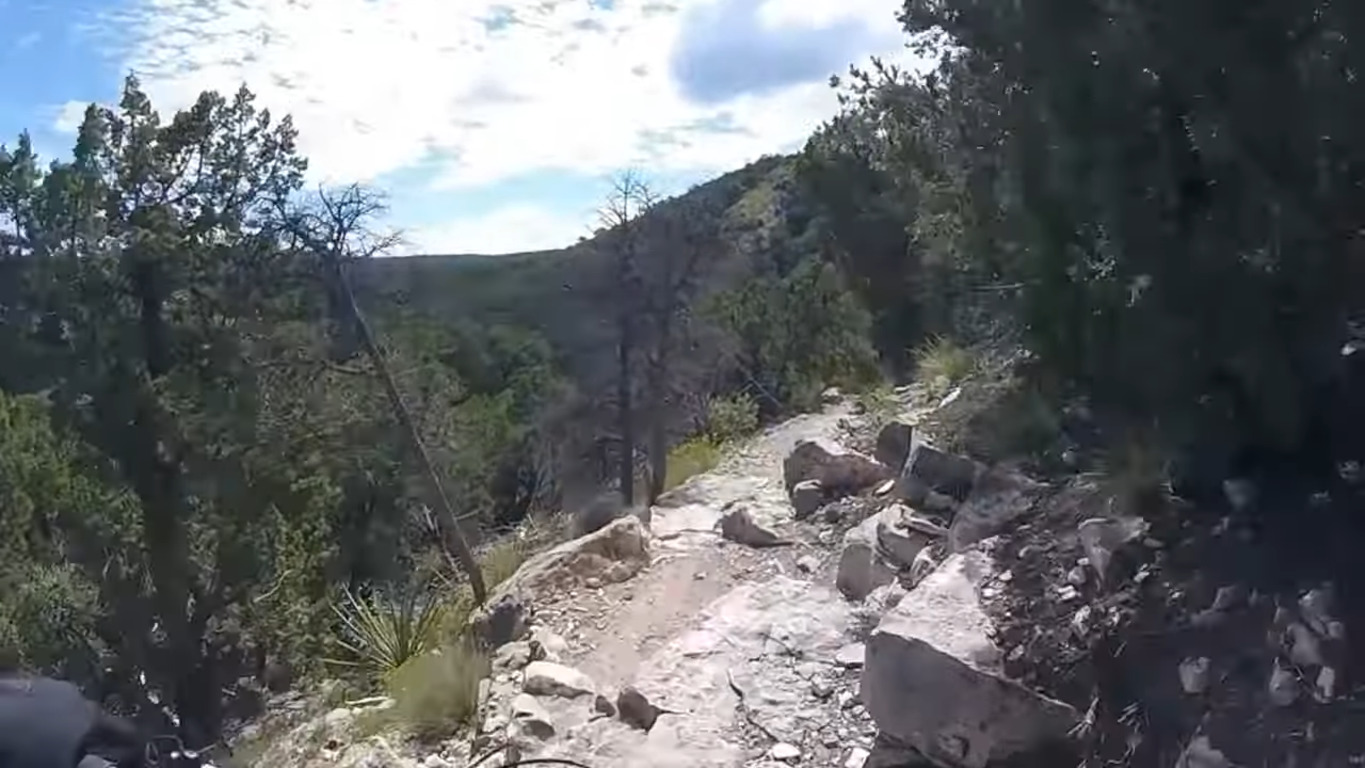
 20 mi
20 mi
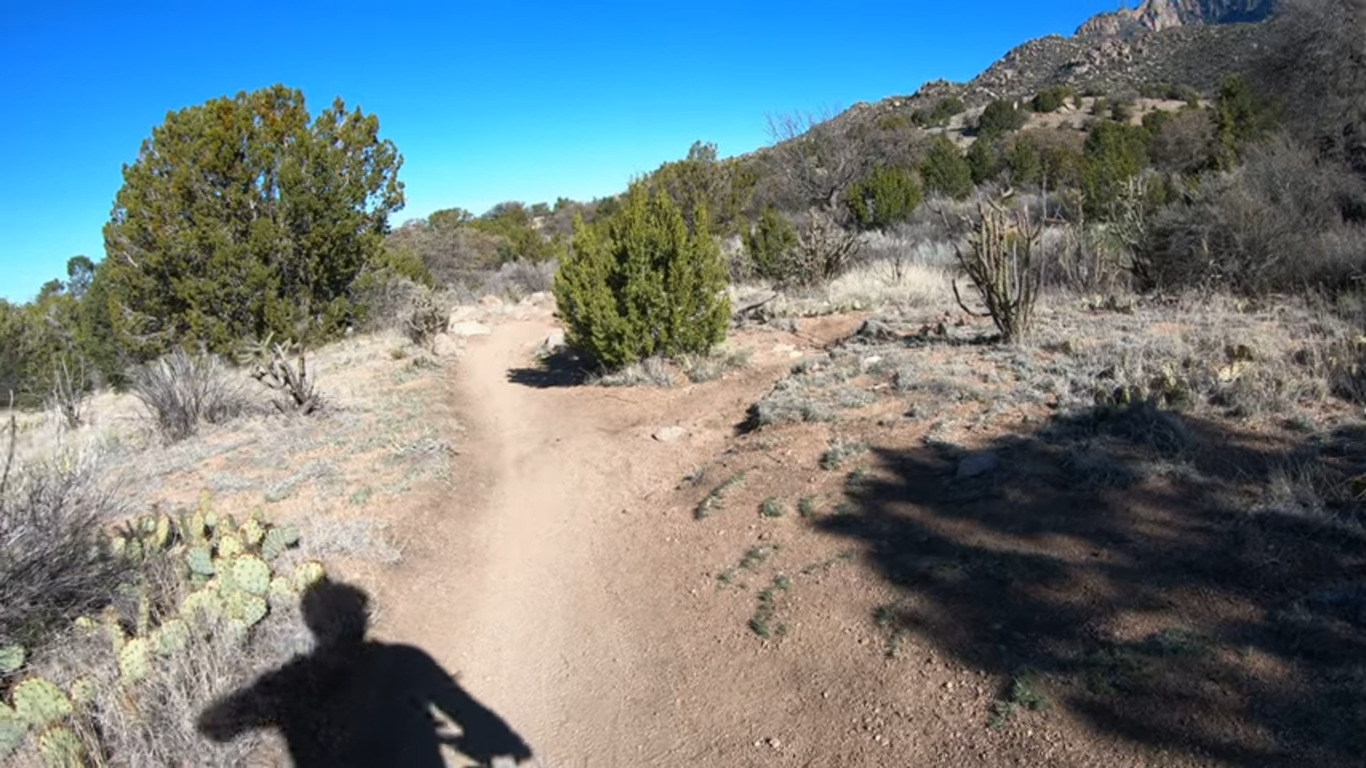
 16 mi
16 mi
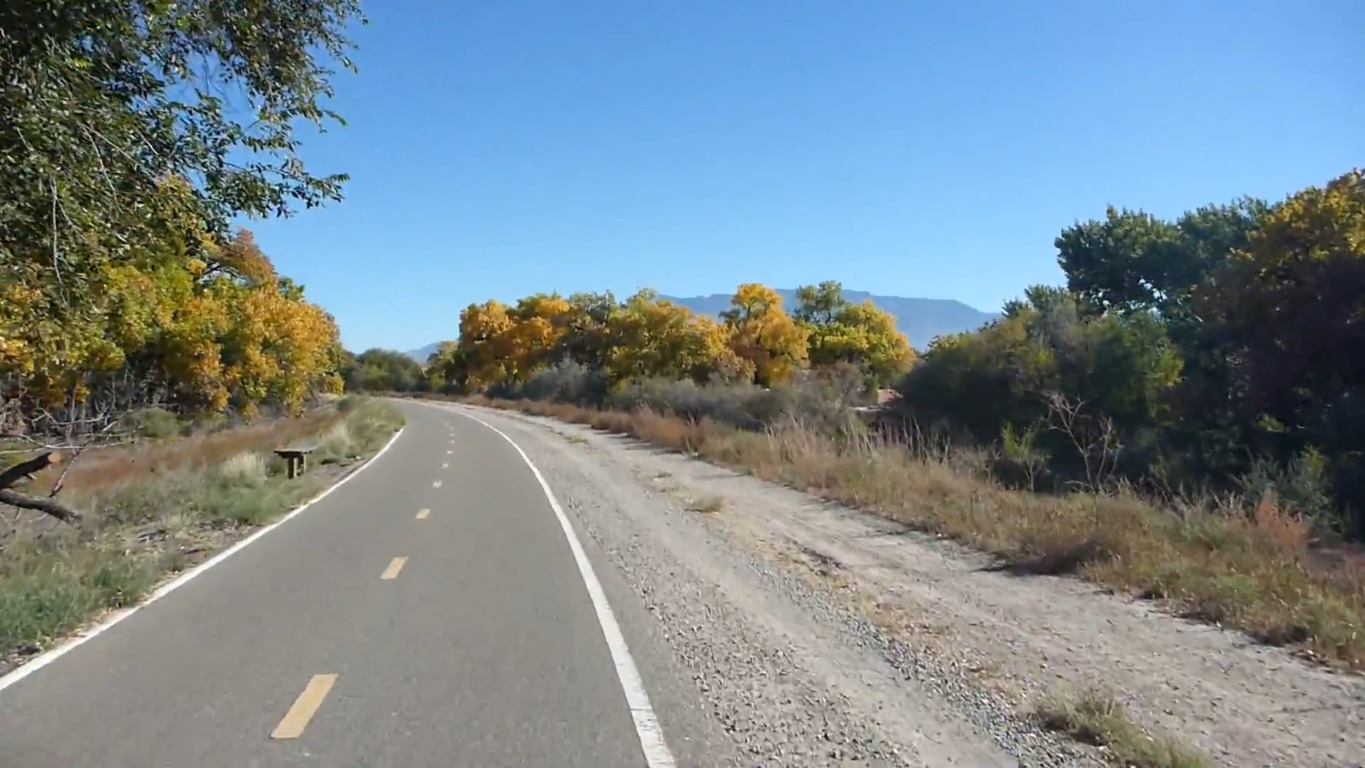
 17.7 mi
17.7 mi
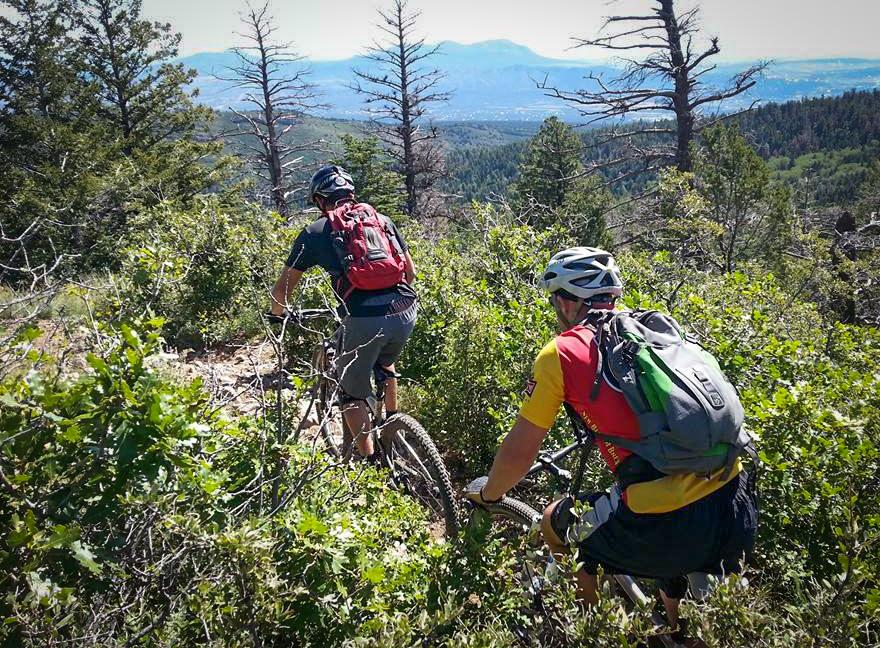
 4 mi
4 mi
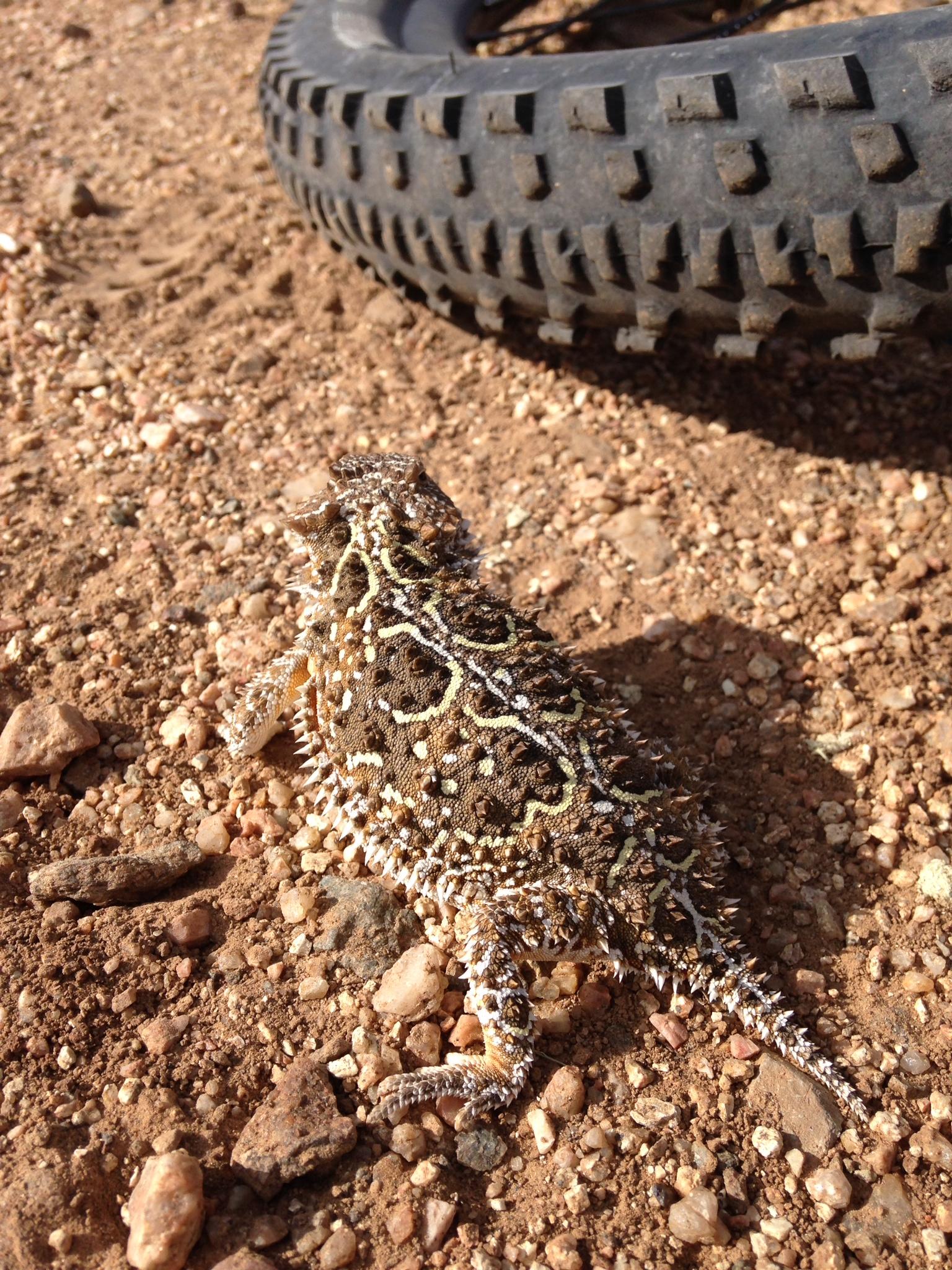
 8 mi
8 mi
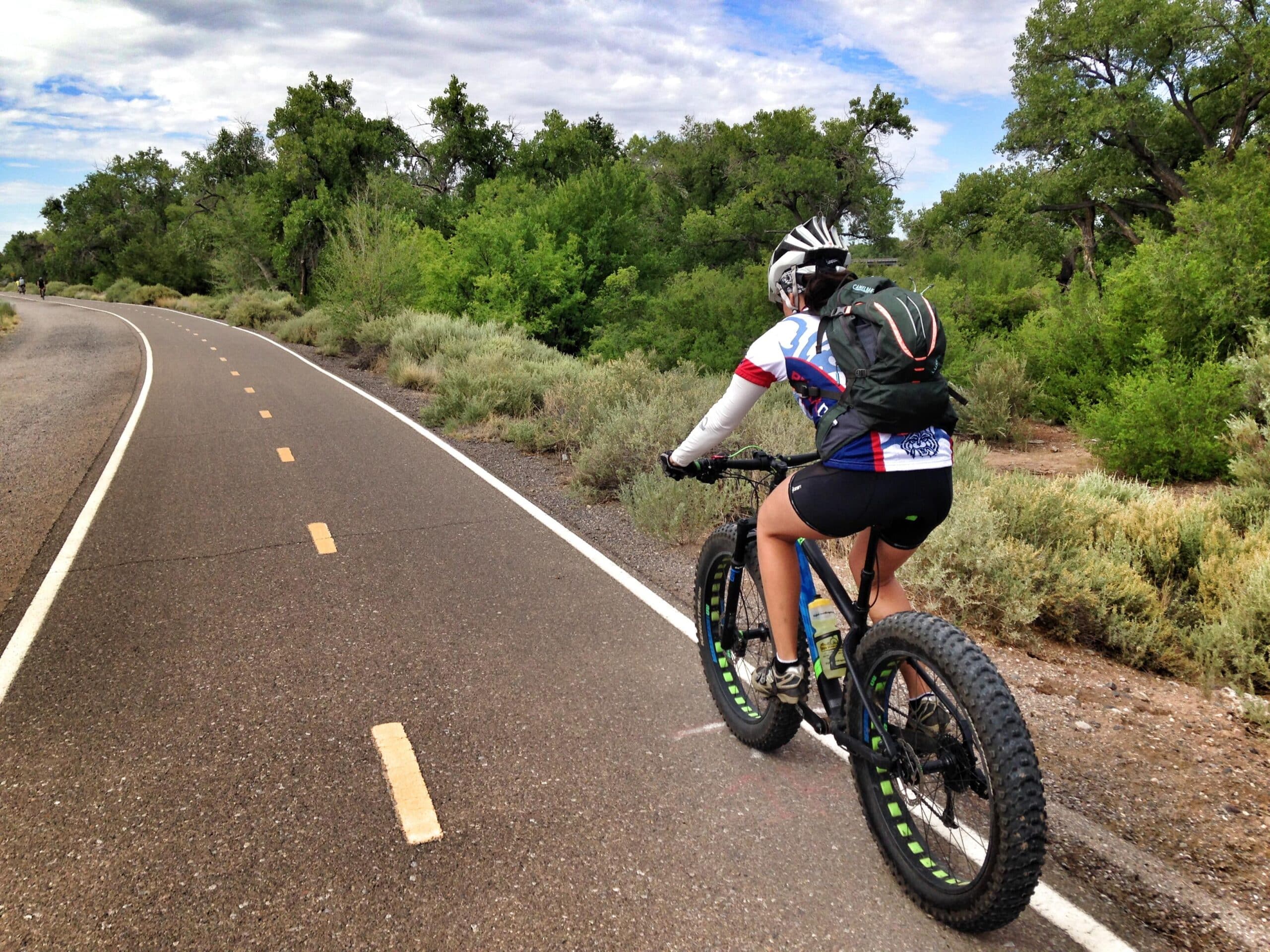
 13 mi
13 mi
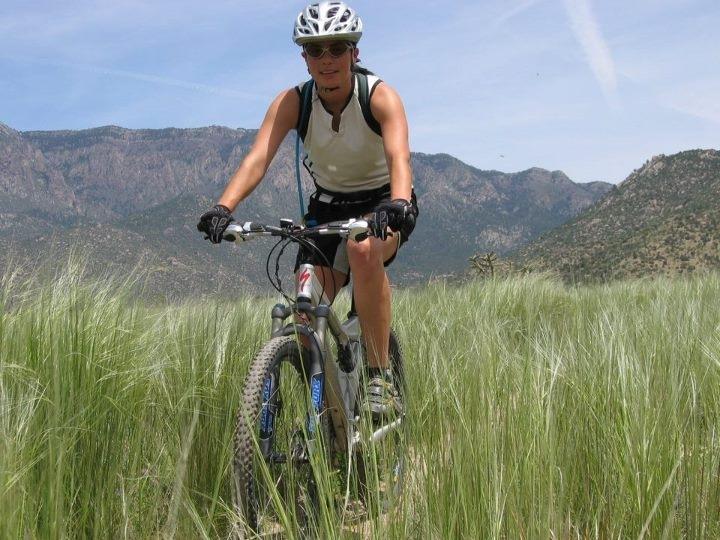
 13 mi
13 mi
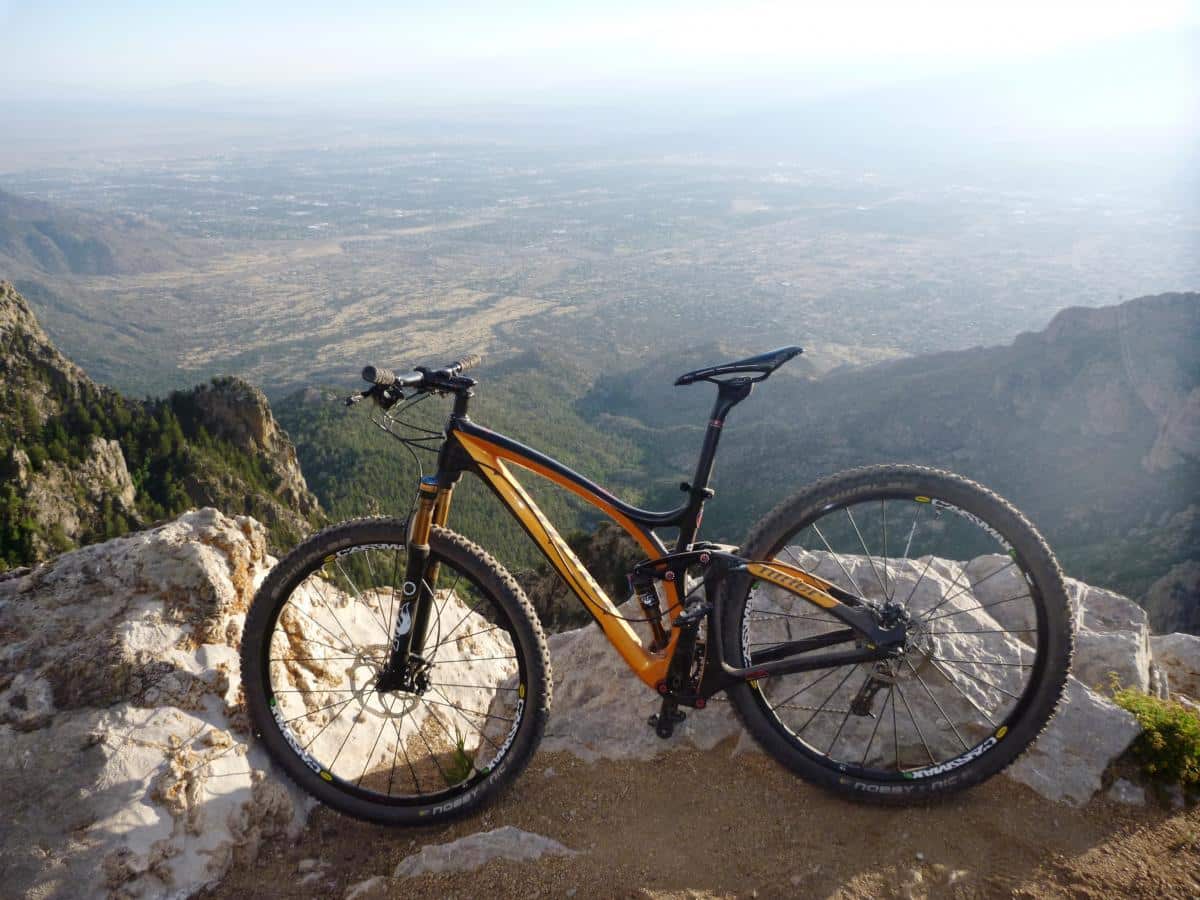
 8 mi
8 mi
One of the best ways to experience the beauty of Albuquerque is through its extensive network of bike trails. Whether you're a seasoned cyclist or just looking for a leisurely ride, there are trails for every level of experience. So, grab your bike and get ready to discover the beauty of Albuquerque on two wheels.
Albuquerque is located in the central region of the state of New Mexico in the United States. It is situated in the high desert region of the Rio Grande Valley and is surrounded by five mountain ranges: The Sandia Mountains to the east, the Manzano Mountains to the southeast, the Jemez Mountains to the west, the Sangre de Cristo Mountains to the north, and the Ortiz Mountains to the south.
The Rio Grande, which runs from southern Colorado through New Mexico and into Texas, flows through Albuquerque from north to south. The river valley provides fertile farmland and supports a variety of flora and fauna.
Albuquerque is divided into four quadrants: Northeast, Southeast, Northwest, and Southwest. The city is located in the high desert region, so much of the terrain is characterized by arid, rocky landscapes with sparse vegetation. However, there are also mountainous areas, forests, and riparian zones that provide a lusher and green environment.
Cyclists can ride through rocky canyons, arroyos (dry riverbeds), and piñon-juniper forests and enjoy breathtaking views of the surrounding mountains and valleys. The prevailing type of landscape for the bike trails near Albuquerque is a mix of desert and mountain environments, with some forested and riparian areas sprinkled throughout.
| Land Area | 187.27 mi² (485.03 km²) |
| Minimum Elevation | 4,900 ft (1,493 m) |
| Maximum Elevation | 6,700 ft (2,000 m) |
Albuquerque is one of the least densely populated large cities in the country, with a population density of 2,907.6 per square mile (4,679.329/km²). As of 2020, the city had 564,559 people, with nearly half of the population (49.2%) being Hispanic or Latino and 38.3% being White.
4.5% of Albuquerque residents were Native American, while Black or African American and Asian residents comprised 3.1% and 3% of the total population. The median age in Albuquerque was 35 years, and for every 100 females aged 18 and over, there were 91.8 males.
A huge percentage of the population (30.9%) fell within the age range of 25 to 44 years, followed by residents under 18, who made up 24.5% of the population. 21.9% were within the 45 to 64 age range, while 10.6% were in the 18 to 24 age range. The smallest percentage of the population (10.6%) was between 18 and 24.
| Total population (2020) | 564,559 |
| Population density | 3014.6/mi² |
Albuquerque has a dry, high desert climate characterized by hot summers and cold winters. The city's high elevation and location in the rain shadow of the nearby mountains influence the climate. Summer temperatures in Albuquerque can be hot, with average high temperatures in the 90s Fahrenheit in June, July, and August.
However, the low humidity and cooler temperatures in the mornings and evenings make it more comfortable for outdoor activities such as cycling. So, planning bike rides during the cooler parts of the day is important. Thunderstorms are common in the summer months, especially in July and August.
Winter in Albuquerque is usually dry and cold, with average high temperatures in the 40s and 50s Fahrenheit in December, January, and February. Snowfall is rare but not unheard of, with an average of around 11 inches per year against the national average of 28 inches annually.
Albuquerque enjoys over 300 days of sunshine annually and has a pleasant climate for outdoor activities for much of the year. Be prepared for temperature variations between the day by taking extra precautions against sunburn and dehydration during the hot summer months. Also, check the weather forecast before setting out on your cycling adventure.
| Month | Average Temperature (Low) | Average Temperature (High) |
|---|---|---|
| January | 28℉ | 49℉ |
| February | 32℉ | 56℉ |
| March | 38℉ | 64℉ |
| April | 45℉ | 72℉ |
| May | 54℉ | 81℉ |
| June | 63℉ | 90℉ |
| July | 68℉ | 92℉ |
| August | 66℉ | 89℉ |
| September | 59℉ | 83℉ |
| October | 47℉ | 71℉ |
| November | 36℉ | 58℉ |
| December | 29℉ | 49℉ |
Albuquerque has many access roads for buses, including a comprehensive bus system run by ABQ Ride. The city also has many bike lanes, bike-friendly routes, and several multi-use paths and trails, such as the Paseo del Bosque Trail and the Rio Grande Trail.
The city has also installed bike racks throughout the downtown area and bike shelters and lockers in some locations. Additionally, the city has several bike rental shops and bike tour companies. Some of the most popular hotel chains in the city include Marriott, Hilton, and Hyatt.
There are also many independent hotels and bed and breakfasts throughout the city. Gas stations and convenience stores are scattered throughout Albuquerque, with many located near major highways and intersections.
As with any city, there are obstacles that cyclists may encounter, such as traffic congestion and potholes, but the city is working to improve infrastructure for cyclists and has made progress in recent years.
Depending on your route and the trails you decide upon, you are likely to encounter at least a few of the following sights and landmarks in Albuquerque:
Albuquerque is located at the base of the Sandia Mountains, which provide a stunning backdrop for any mountain bike ride. If you’re looking for a challenge, you can try to bike to the top of the Sandia Mountains. The journey may be taxing, but the surrounding landscape and panoramic views are some of the benefits.
If you’re looking for an educational biking adventure, you can check out the Petroglyph National Monument. This area contains thousands of ancient petroglyphs carved into the rocks, which you can see up close as you bike through the area. For a change of scenery, you could also traverse through Old Town, an Albuquerque gem imbued with historic flair dating back centuries.
Pedal along the winding roads and catch a glimpse of notable sites such as the San Felipe de Neri Church, originating from 1793. Don't forget to stop by the Albuquerque Museum in Old Town and discover the essence of the city's heritage and legacy.
Wander through exhibitions elaborating on the city's Native American, Hispanic, and Anglo origins and revel in the art and science displays. Biking through the Cibola National Forest is the perfect way to reconnect with nature, as there are many trails to discover. You may pass through pine forests and meadows filled with wildflowers.
Albuquerque is a great city for cycling. Its dry, sunny climate with mild temperatures makes for excellent cycling weather. Cycling during the fall and spring is ideal for optimal comfort, as the summer heat can be intense. Additionally, the city boasts an extensive and secure network of bike paths and lanes, which includes on-street bike lanes, shared-use paths, and bike boulevards.
Albuquerque has various challenging trails. The Sandia Mountains Foothill Trail and the La Luz Trail, take you through jagged rocky outcroppings, loose rocks, and steep drops. Anyone looking to take on these trails needs to be fit.
The Paseo del Bosque Trail will do the trick for those seeking a less strenuous trip. The stunning views of nearby parks and rivers are a bonus feature of this trail, which is ideal for beginner and intermediate bikers due to its paved and predictable terrain.
Some of the higher-elevation bike trails in the Sandia Mountains may be closed during the winter due to snow and ice. Trails such as the La Luz Trail, the Embudito Canyon Trail, and the South Crest Trail are typically closed from November to April.
Some trails can be closed for maintenance or if the city wants to protect wildlife. During times of high water or flooding, trails such as the Paseo del Bosque Trail are usually closed to the public. Always check with the trail managers or the city parks department before embarking on your journey to learn about any closure or restrictions to avoid cutting short your adventure.